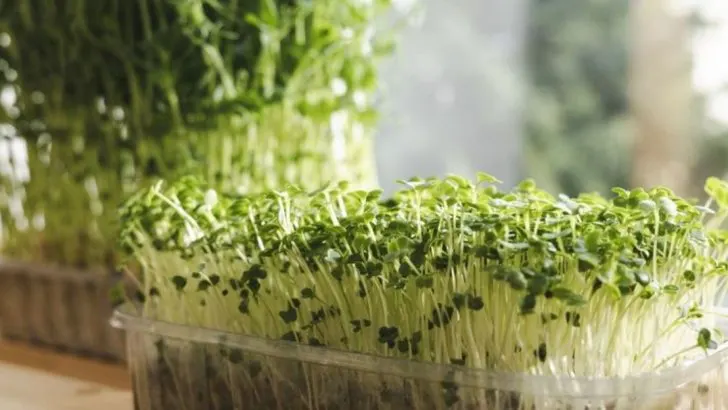Think you need a shovel and a patch of earth to grow your own food? Think again. Whether you’re short on space, dealing with tough soil, or just not into the whole digging thing, there are plenty of ways to grow fresh fruits, veggies, and herbs—without ever turning over a single clump of dirt.
From clever container setups to vertical gardening hacks, no-dig raised beds to windowsill solutions, modern food gardening is all about flexibility. These methods not only save your back but also make growing your own produce accessible to almost anyone—no backyard required.
Perfect for beginners, apartment dwellers, busy families, or anyone looking for low-effort, high-reward gardening, these 15 ideas prove that you don’t need a traditional garden to eat homegrown. In fact, some of these methods grow better without ever touching the ground.
If you want fresh, delicious results with minimal effort and zero digging, you’re in the right place.
Container Gardening
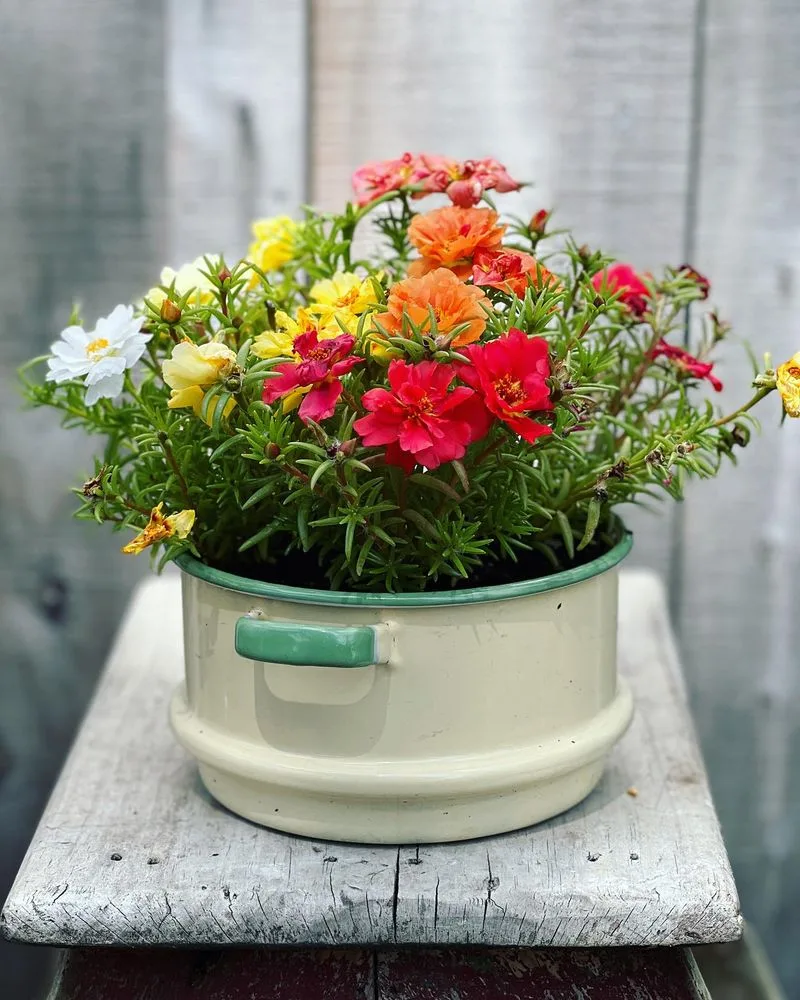
Plant roots don’t need expansive ground to thrive. Using containers offers the freedom to move plants as needed, making it ideal for city dwellers with limited space. A selection of pots can host a range of vegetables, from juicy tomatoes to crisp lettuce.
The magic lies in choosing the right soil and container size. Opt for pots with drainage holes to prevent waterlogging. This method not only saves space but also allows gardeners to control the growing environment, offering plants the best chance to flourish.
Vertical Gardens
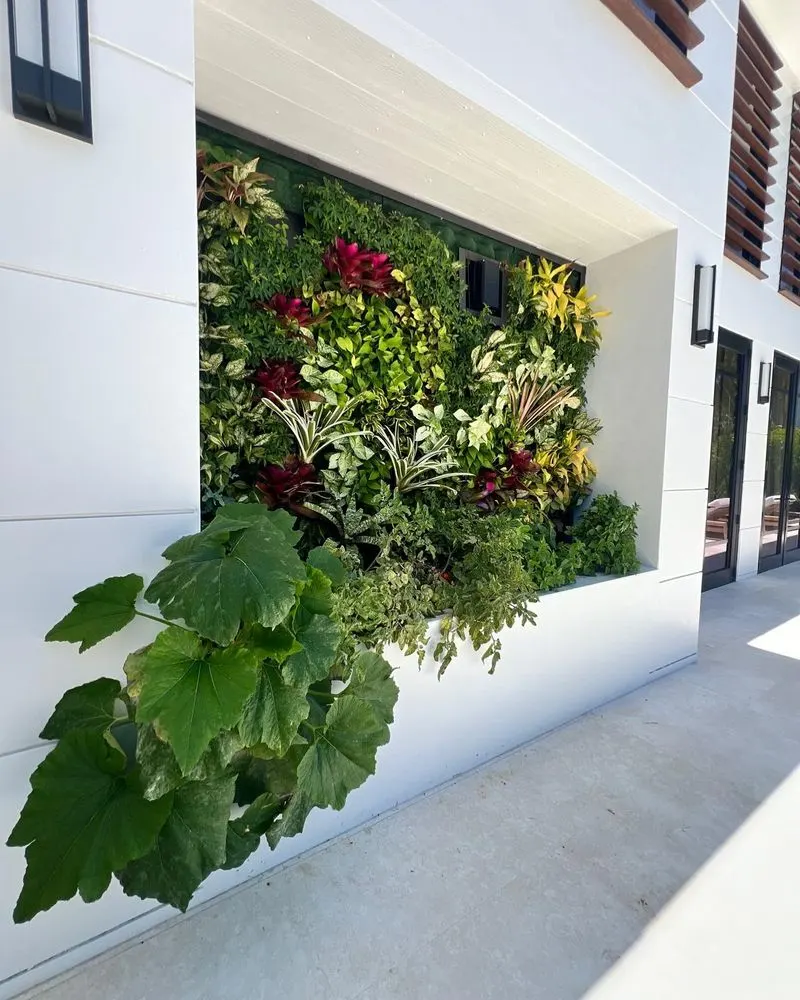
Walls aren’t just for decoration; they can be transformed into lush, vertical gardens. These setups utilize pockets or frames to grow herbs, lettuce, and even strawberries. Perfect for patios or small backyards, they save ground space and create a green tapestry.
Choosing the right plants is crucial. Fast-growing, shallow-rooted plants perform well in this setup. Vertical gardens also improve air quality and add aesthetic value, making them both practical and beautiful.
Hydroponics
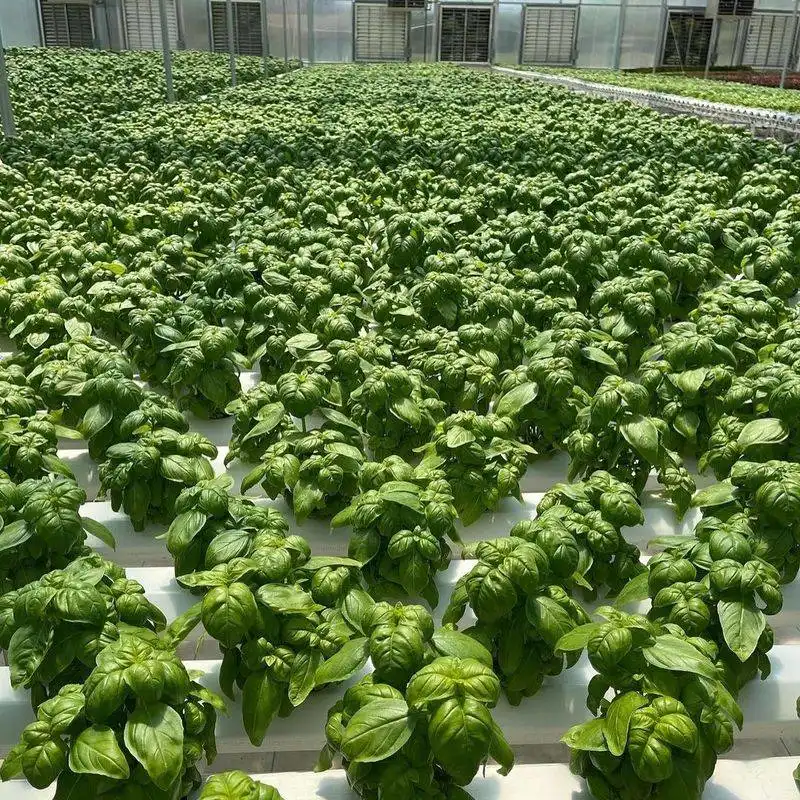
Growing plants without soil might seem futuristic, but hydroponics makes it a reality. By using nutrient-rich water, vegetables like spinach and basil can flourish indoors. This method offers year-round cultivation regardless of weather conditions.
Setting up a hydroponic system requires an initial investment but rewards with rapid growth and high yields. It’s a sustainable way to grow food, requiring less water than traditional methods.
Aquaponics
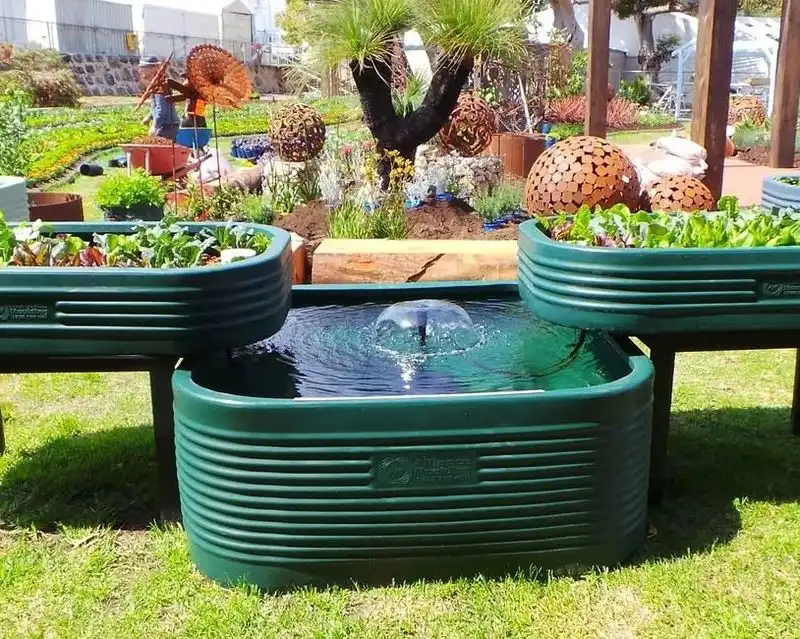
Aquaponics marries aquaculture with hydroponics, creating a symbiotic environment where fish and plants coexist. Fish waste provides nutrients for plants, while plants naturally filter water.
This method is both efficient and sustainable, offering fresh fish and vegetables. It suits hobbyists and serious gardeners alike. With the right balance, aquaponics can produce a continuous harvest with minimal environmental impact.
AeroGardens
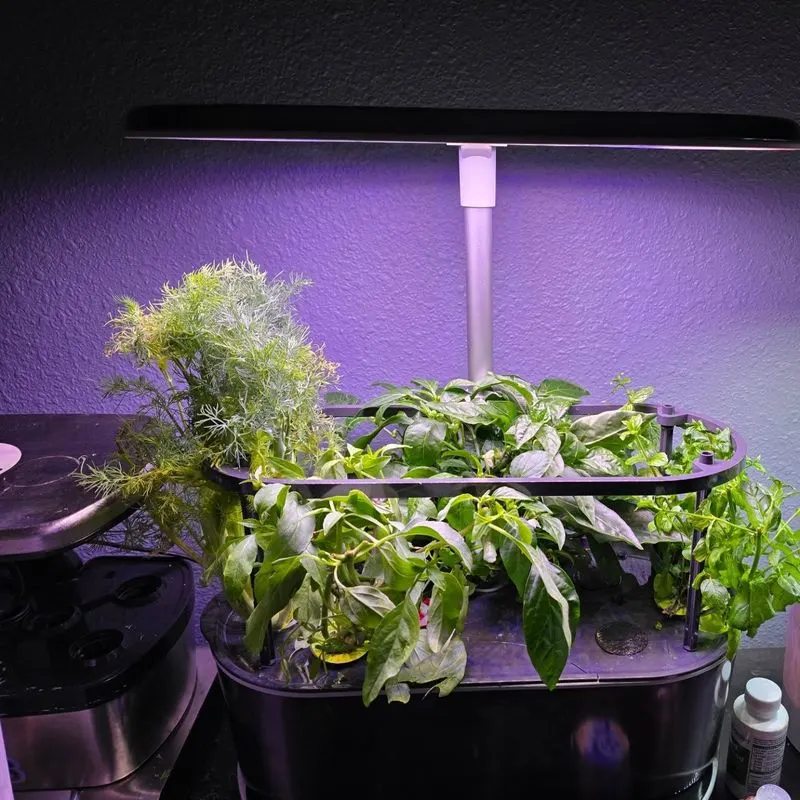
Imagine fresh basil at your fingertips, grown right on your countertop. AeroGardens make this possible with their compact, soil-free systems. Using water, nutrients, and LED lights, they provide optimal growing conditions for herbs and small vegetables.
These devices are ideal for those with limited space or who want to avoid the mess of soil. They offer a convenient way to enjoy fresh produce year-round, enhancing any kitchen with greenery.
Straw Bale Gardening
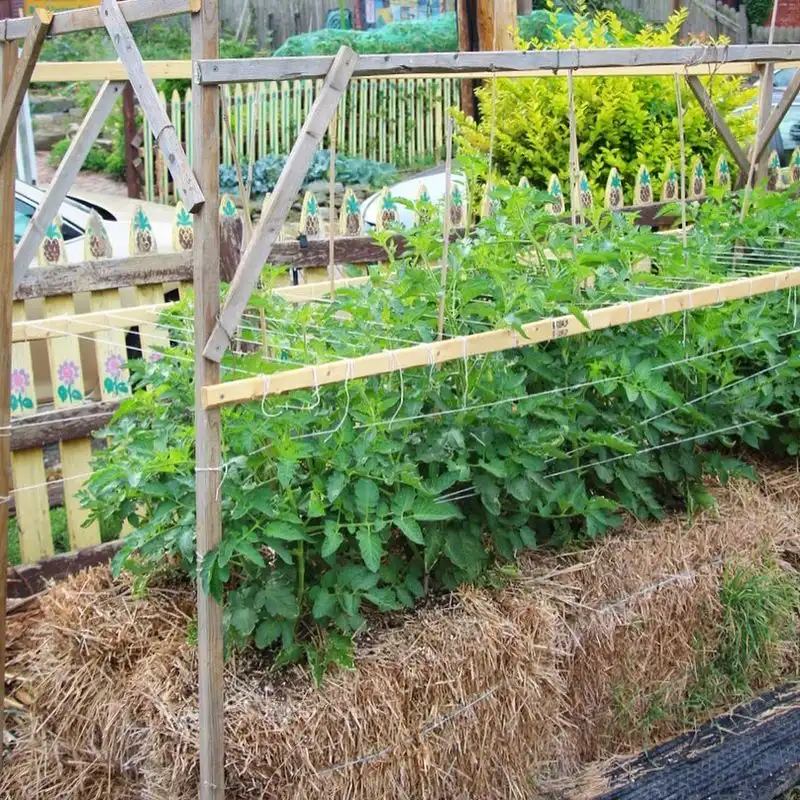
Turning straw bales into a garden bed is both innovative and eco-friendly. As the straw decomposes, it provides nutrients for plants, while its structure retains moisture. This method is particularly beneficial in areas with poor soil quality.
Vegetables such as cucumbers and zucchini thrive in these conditions. Straw bale gardening reduces the need for weeding and is a versatile, sustainable option for growing food.
Raised Bed Gardens
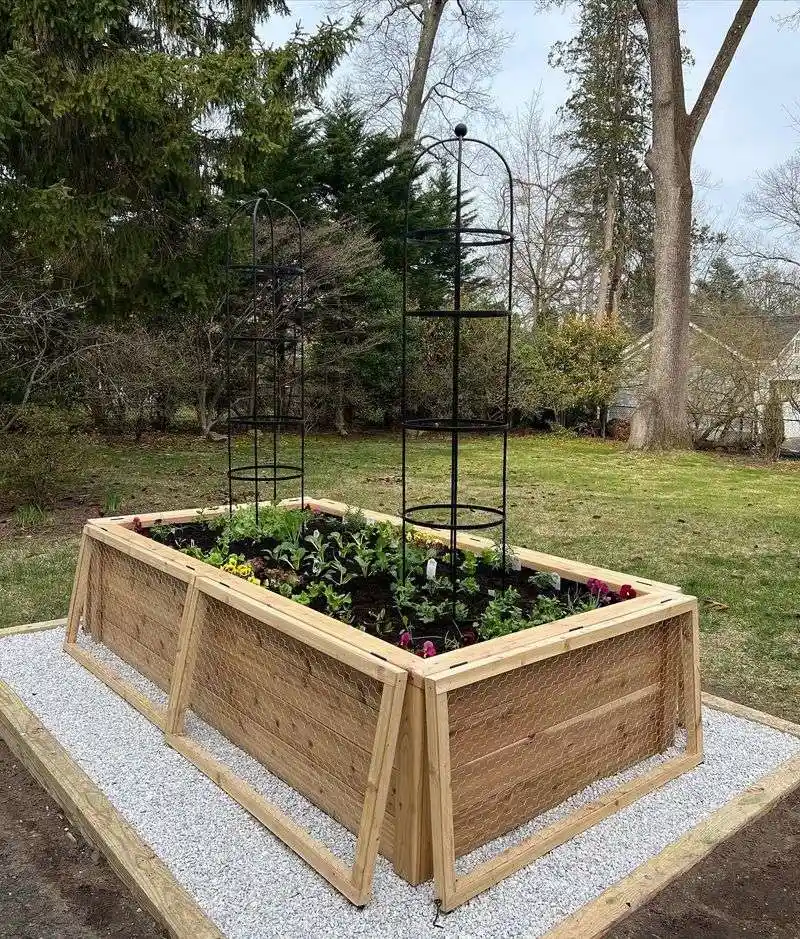
Raised beds lift plants above ground, improving drainage and soil quality. They’re perfect for areas with compacted or poor soil and allow for easy access and maintenance. These beds can be constructed from wood or recycled materials.
Companion planting within raised beds can enhance growth and deter pests. This method provides structure to a garden and makes harvesting more efficient.
Hanging Gardens
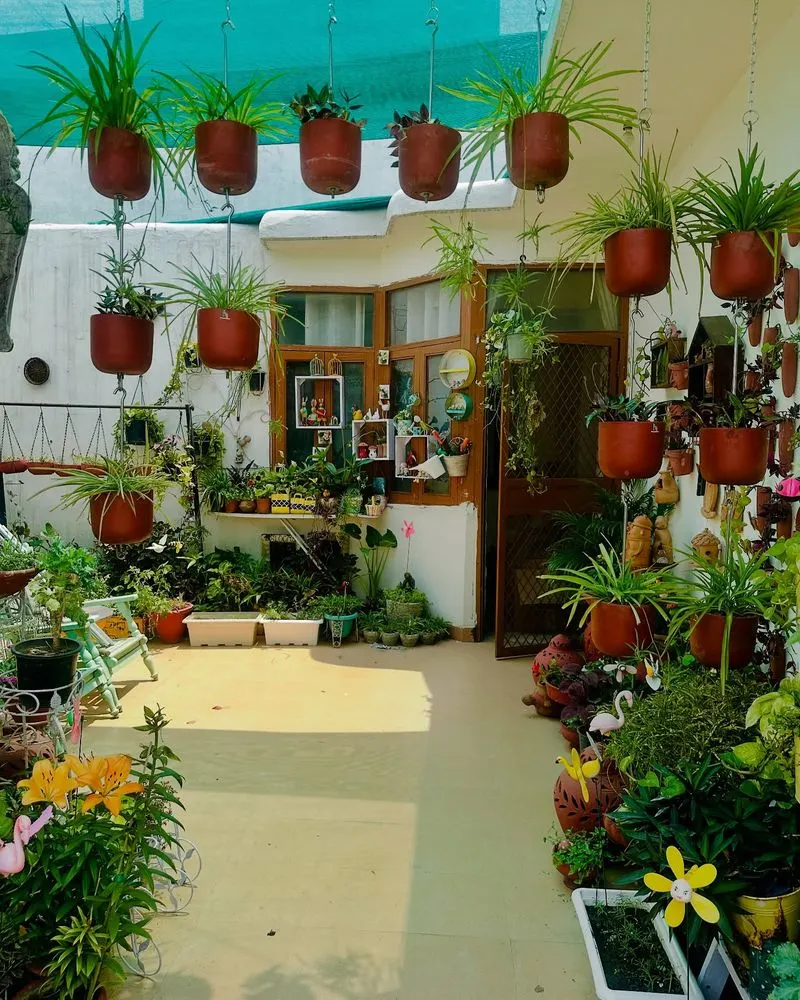
Harness the vertical space with hanging gardens. Whether it’s herbs or trailing strawberries, hanging planters offer a unique way to grow food. These are perfect for balconies or small patios where ground space is limited.
Choose lightweight containers and ensure they have proper drainage. Hanging gardens not only save space but also add stunning visual interest to any area.
Pallet Gardening
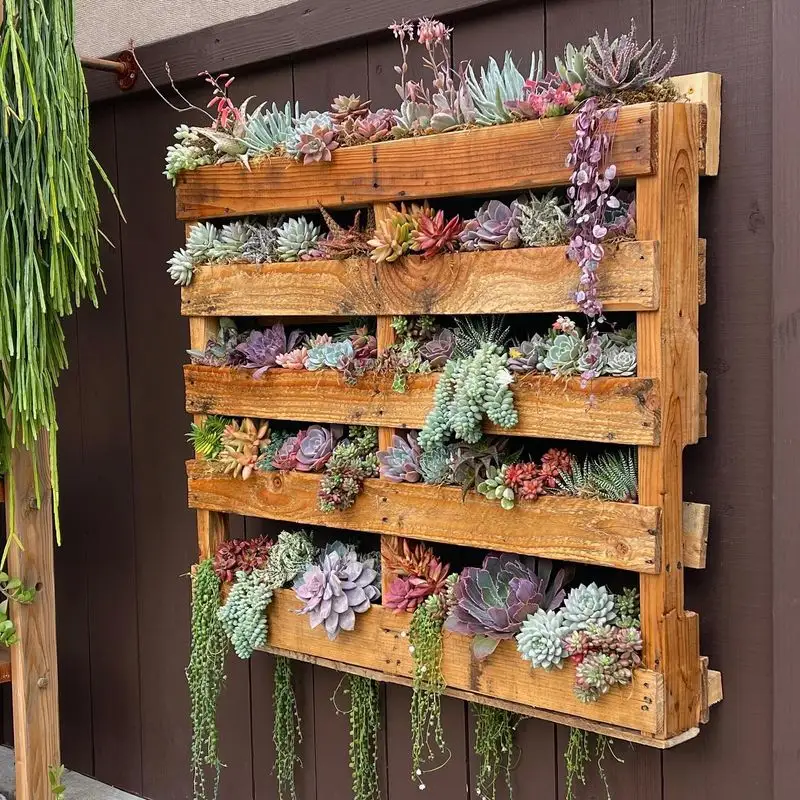
Repurposing wooden pallets into garden beds is a clever, sustainable choice. By fixing them against a wall or laying them flat, you can grow lettuce, spinach, and even radishes.
This method is budget-friendly and reduces waste, making it a favorite among eco-conscious gardeners. Pallet gardening offers a rustic charm and can easily be adapted to fit various spaces.
Grow Bags
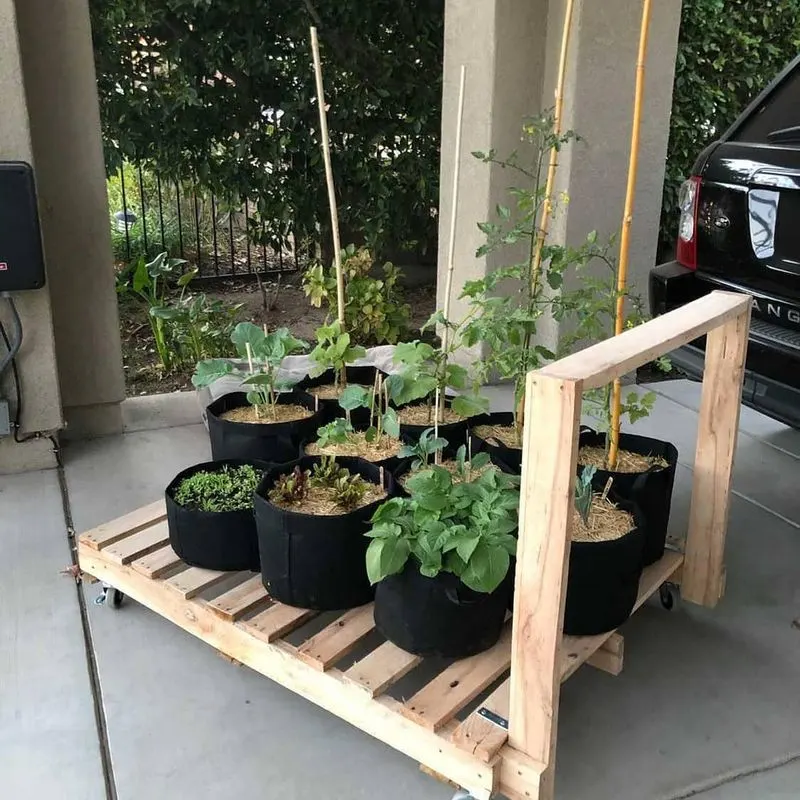
Grow bags provide an adaptable solution for gardeners with limited space. Made from breathable fabric, they encourage root pruning and healthy plant growth. These bags can house a variety of vegetables, including potatoes and tomatoes.
They’re lightweight and easy to move, perfect for city dwellers or renters who need a portable solution. Grow bags are an efficient way to cultivate a garden without traditional plots.
Window Sill Gardening
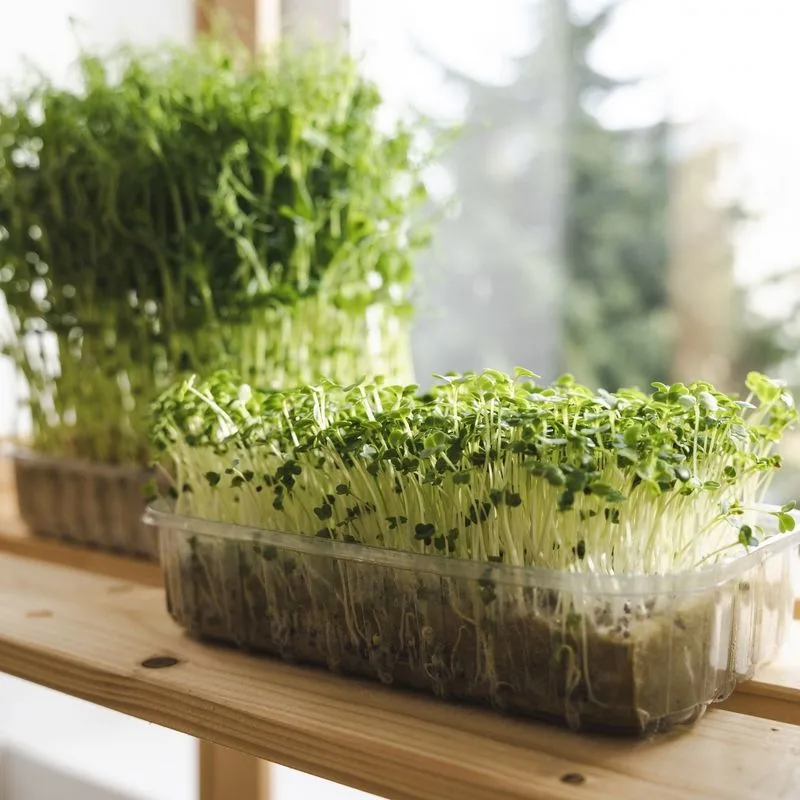
Even the smallest spaces hold gardening potential. Window sills can become mini-gardens, ideal for herbs like basil and mint. All you need is a sunny spot and containers that fit the sill’s width.
This method is perfect for those living in apartments, providing fresh ingredients right at home. Window sill gardening is a delightful way to bring nature indoors and enjoy the benefits of homegrown food.
Gutter Gardens
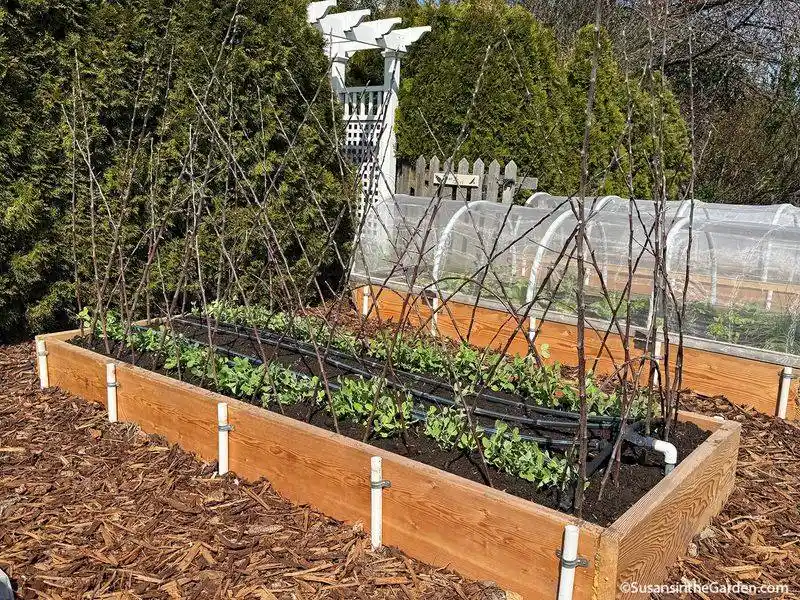
Repurposing old gutters into planting troughs is a brilliant way to utilize vertical space. Mounted on walls or fences, they can house herbs, lettuce, and even strawberries.
This method makes the most of available sunlight and is excellent for small backyards or urban settings. Gutter gardens are an innovative solution for maximizing limited space.
Cold Frames
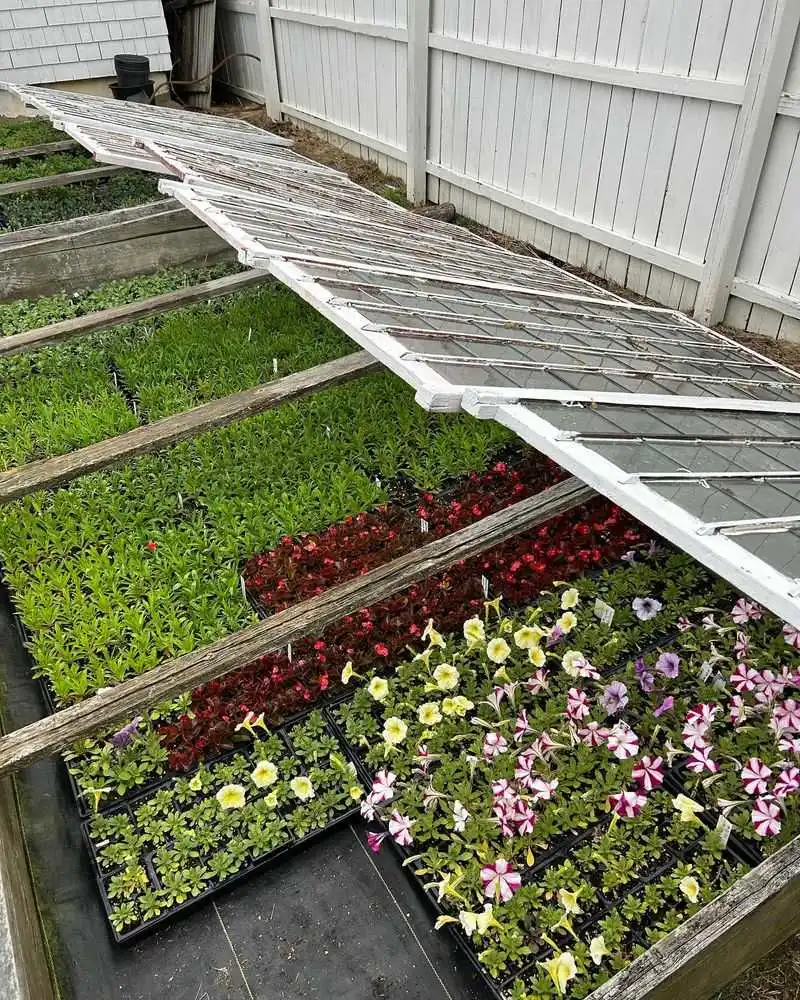
A cold frame acts like a mini-greenhouse, extending the growing season. Constructed from old windows or clear plastic, it captures solar energy to warm the air and soil inside.
Ideal for starting seeds or growing winter greens, cold frames protect plants from harsh weather, providing a controlled environment. They’re a sustainable way to grow food throughout colder months.
Espalier Fruit Trees

Espaliering is an artful gardening technique of training fruit trees against a wall or trellis. This method saves space while allowing trees to receive maximum sunlight.
Fruit such as apples and pears are commonly espaliered, creating living sculptures that produce abundant harvests. It’s an elegant way to incorporate fruit trees into small gardens.
Cloche Gardening
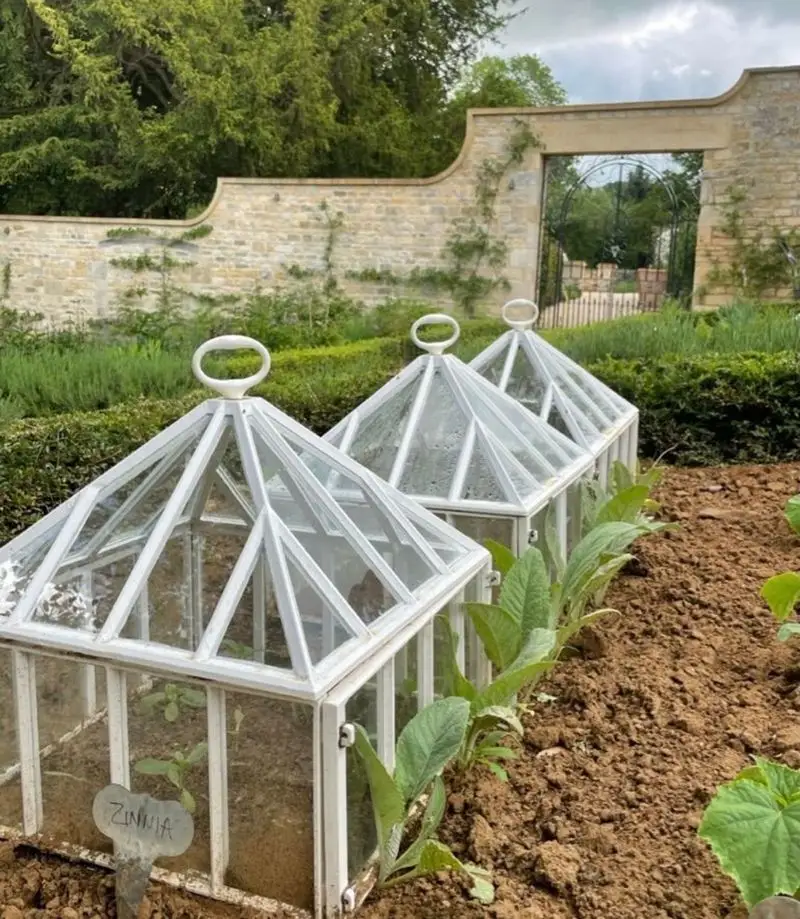
Cloches are bell-shaped coverings that protect seedlings from frost and pests. Originally made of glass, modern cloches use plastic or fabric.
They create a microenvironment, encouraging growth while safeguarding young plants. Cloche gardening is a traditional yet effective way to nurture plants during early growth stages.

